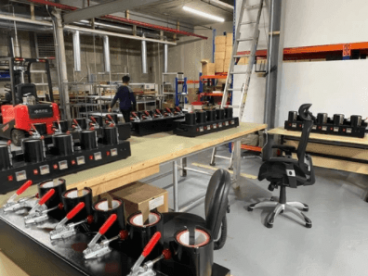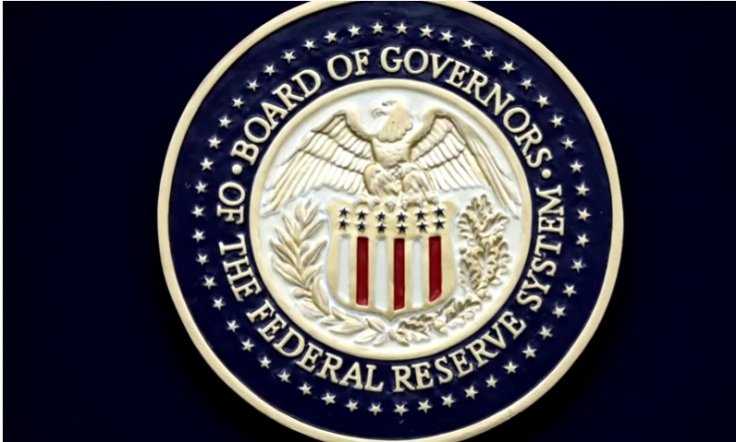U.S. business activity increased solidly in October, suggesting economic growth picked up at the start of the fourth quarter as COVID-19 infections subsided, though labor and raw material shortages held back manufacturing.
Data firm IHS Markit said on Friday its flash U.S. Composite PMI Output Index, which tracks the manufacturing and services sectors, rebounded to a reading of 57.3 in the first half of this month from 55.0 in September. A reading above 50 indicates growth in the private sector.

A resurgence in coronavirus infections, driven by the Delta variant, weighed on demand for services in consumer-facing businesses like restaurants, hotels and air travel. Together with shortages across nearly all industries, the flare-up in infections curbed economic activity.
Gross domestic product growth estimates for the third quarter are mostly below a 3% annualized rate. The economy grew at a 6.7% pace in the second quarter. The government is due to publish its snapshot of third-quarter GDP next Thursday.
Pick up in Business Activity
The pick up in business activity this month was driven by the services sector. The IHS Markit survey's flash services sector PMI rebounded to a reading of 58.2 from 54.9 in September. Economists polled by Reuters had forecast a reading of 55.1 this month for the services sector, which accounts for more than two-thirds of U.S. economic activity.

Services industry businesses reported that unfinished work piled up at the fastest clip since the data firm started tracking the series 12 years ago. This was despite companies boosting hiring. Businesses still complained about difficulties finding workers.
There were 10.4 million job openings at the end of August. About 7.7 million people were officially unemployed in September. The labor market disconnect has been blamed on the recently ended expanded unemployment benefits, people dropping out to become care givers because of the pandemic as well as fears of contracting the coronavirus. COVID-19 has also led to early retirements and career changes.
Supply Constraints
With supply constraints showing no signs of abating, services businesses reported paying higher prices for inputs, supporting views that inflation was probably not as transitory as has been argued by Federal Reserve Chair Jerome Powell.
Raw material shortages restrained manufacturing activity this month. The survey's flash manufacturing PMI fell to a seven-month low of 59.2 from a reading of 60.7 in September. Economists had forecast the index for the sector, which accounts for 12% of the economy, dipping to 60.3.
Factory production rose at its slowest pace since July 2020. Like their services industry counterparts, manufacturers reported paying more for inputs, and are passing on the higher costs to consumers, which could keep inflation hot for a while.

The Fed's preferred inflation measure, the personal consumption expenditures price index, excluding the volatile food and energy components, increased 3.6% year-on-year in August. The U.S. central bank has a flexible 2% target.
Procter & Gamble Co announced on Tuesday that it would raise prices of some of its grooming, oral and skin care products in the United States to defray higher commodity and freight costs. Unilever warned on Thursday its prices would have to rise further because of rising costs, including surging energy prices.








